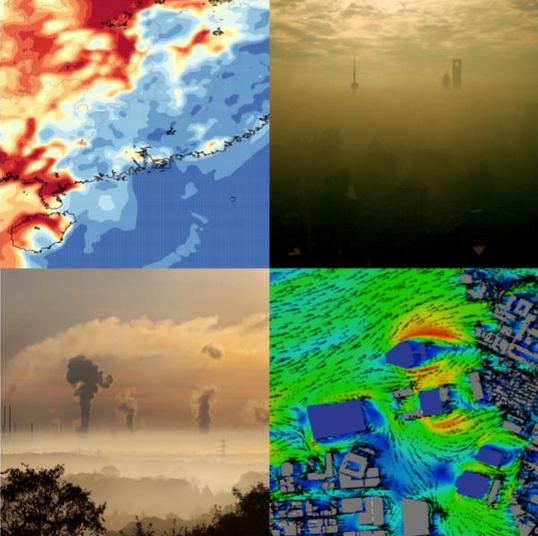Air pollution in the urban environment: capturing coupled meso and microscale phenomena and assessment of mitigating city design measures
- Academic lead
- Simon Rees (Civil Engineering)
- Co-supervisor(s)
- Carly Reddington (Earth and Environment), Steve Arnold (Earth and Environment)
- Project themes
- Energy and Transport, Environmental Flows
The harmful impact of atmospheric pollution on human health in East and Southeast Asia is widely acknowledged, and will be increasingly important as mega-cities continue to be realized. Computational methods have advanced to the state where numerical weather forecasting methods coupled to atmospheric chemistry models are being applied to study and predict the interactions between man-made sources of pollution, the atmosphere and conditions experienced in cities. Planners now need to address the impact of regional pollution and local sources alongside the impact of clustering of very tall buildings that affect the wind flows and pollutant levels experienced by inhabitants. At the same time, innovative use and regulation of green spaces and planned separation of traffic, cyclists and pedestrians bring opportunities to improve local conditions and reduce human exposure to pollution within the urban microclimate. Understanding the relationships between the complex coupled physical and chemical phenomena and city living conditions requires modelling across a range of physical and temporal scales. This project would seek to develop coupled meso and microscale modelling approaches that would allow this range of scales to be studied and assessments made of the impact of air pollution on local conditions and potential planning mitigations to be assessed.

Figure: Images of industrial pollution and its impact on city conditions and visualizations of predicted regional pollution (WRF-CHEM) and urban wind flows (OpenFOAM
